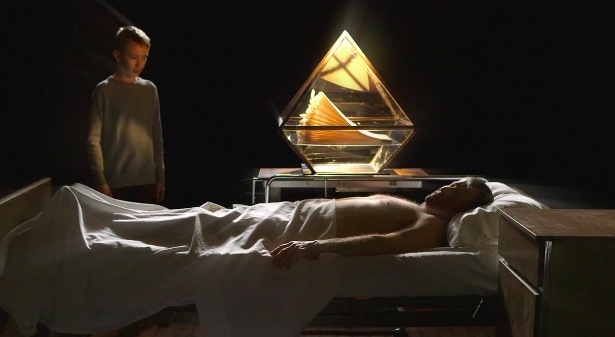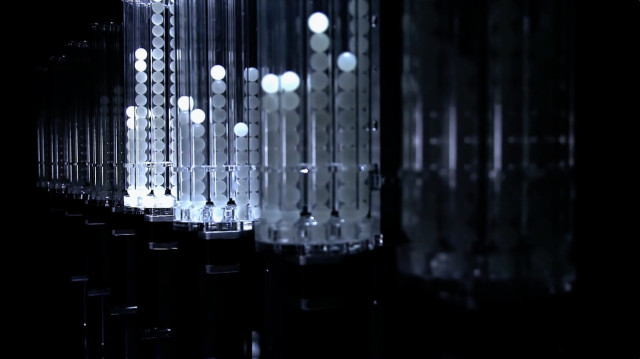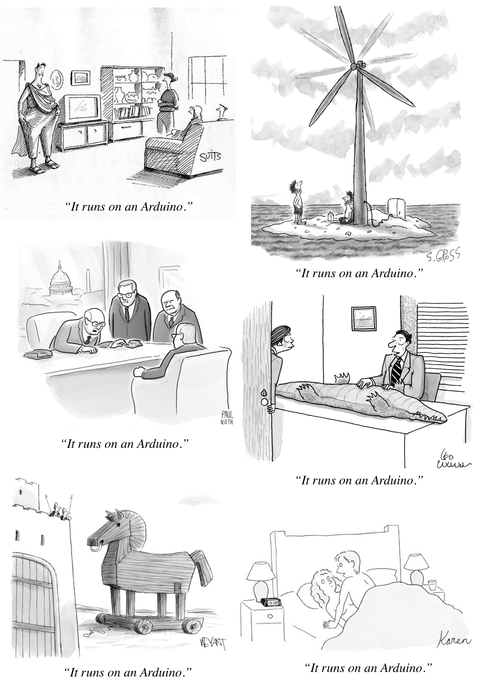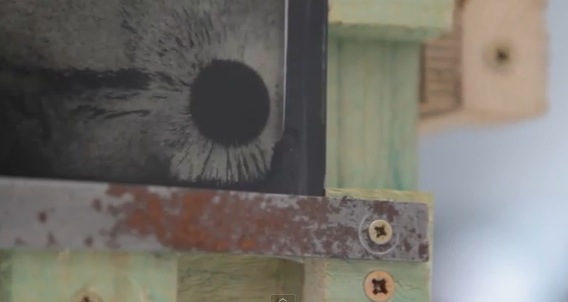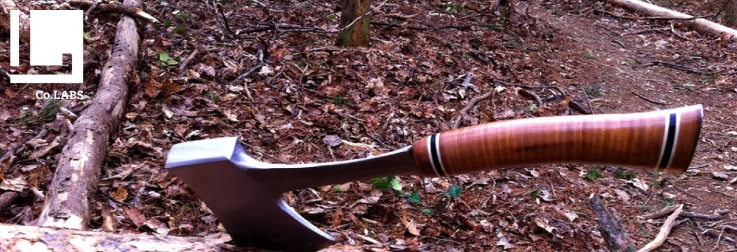
Massimo Banzi shares things he wishes he knew when he was younger – By Ciara Byrne on FastcoLabs
The cofounder of the open source microcontroller Arduino, Massimo Banzi, doesn’t mince words. “Italy is the kind of a country where if you are young, you don’t exist,” he says. “It’s a country run by old farts.” Banzi decided not to accept the status quo.
Arduino was designed in Italy, by virtue of a foolish young Banzi on a quest for love. Today, Arduino is an enormously popular single-board microcontroller used to develop interactive objects.
The Power Of Love
Banzi’s career hasn’t followed a conventional path. “I was always interested in technology but I started using the Internet because I met this American girl when I was like 18,” he says. ”I wanted to write to her and the post would take three weeks. So I started using the Internet because I could email her. There wasn’t even a browser. And that became my career for several years. So every time I get a passion about something I try to do it on the side and it turns into my job. It’s also a curse also because you can never have a hobby.”
Banzi trained as a electrical engineer, but always had an interest in design. Ten years ago he was teaching interaction design at the now defunct Design Institute in Ivrea. Arduino started out as a tool to allow Banzi’s design students, most of whom has no technical background, to use technology in their projects.What do you think?
The Arduino Legacy
Arduinos take inputs from a variety of switches and sensors and can control lights, motors, and other physical outputs.
Microcontrollers are used in all kinds of hacker projects: Musician Imogen Heap’s musical glove and fish on wheels. Banzi estimates that there are now 1.5 million Arduinos in the wild matched by a similar number of clones and variations on the original microcontroller.
Banzi, and therefore ultimately Arduino, was influenced by designers like Germany’s Dieter Rams and Italian Achille Castiglioni. “First of all (Castiglioni) said a designer should never take themselves too seriously so you should just really laugh. A lot of designers, they take themselves very seriously but their output is not as relevant as Castiglioni, who was always laughing and making jokes.” Arduino was actually named after a bar Banzi frequented.
Advice For Young Technologists
Banzi’s favorite Arduino projects these days come largely from the fashion industry. ”For us wearable is a lot about fashion,” he explains. “An Italian fashion designer made a corset that actually teaches you how to breathe properly. It measures the way you breathe with sensors and then kind of pushes you in different paths. Somebody else made clothing that can adjust your posture when you are using the computer.”
I asked Banzi what advice he would give to his 20-year old self. “Well, it would be mostly about self-confidence,” he said. “Arduino started off because I worked on a number of projects but I never had the will to just go ahead and run with something. I stopped caring about what other people thought or did and I just did my own thing. A number of people in the technology world they sort of insulted me and told me that I was an idiot and I thought ‘Okay, I might be onto something because of all these people telling me that I’m wrong.’“
Banzi is a big believer in following your own path. “When I was was 20 I was much more focused on having a career and following a path and staying with a sort of a system. At some point I stopped caring about that. I changed jobs. I had different experiences. In the end I started doing whatever felt good to me. There’s a friend of mine on Facebook from when I was 15, who is like one year old than me, and he’s followed this very corporate-type path and then I looked at a picture and he looks like he’s 60. So I think at least I kept a little bit younger than him. At least I did whatever I wanted. ”
A favorite of Banzi’s among the current generation of Arduino entrepreneurs is Josef Prusa. “Josef Prusa is a 22-year-old guy from the Czech Republic who is actually the designer of one of the most well-known open source 3-D printers,” he says. “He started off a teenager playing with Arduino and then he started to make a 3-D printer, started to make his own designs. No background in technology. He studied economics. So he dropped out of university because he was not matching what he was doing and he built up this little company and designed these 3-D printers.”
It’s clear that Banzi sees a little of himself in Prusa. “The biggest advice is that if you have to make a huge mistake do it because you decided so,” he concludes, “and not because you followed somebody else’s path. When I made big mistakes like everyone does, at least it was all my fault.”What do you think?
Originally posted on FastcoLabs


